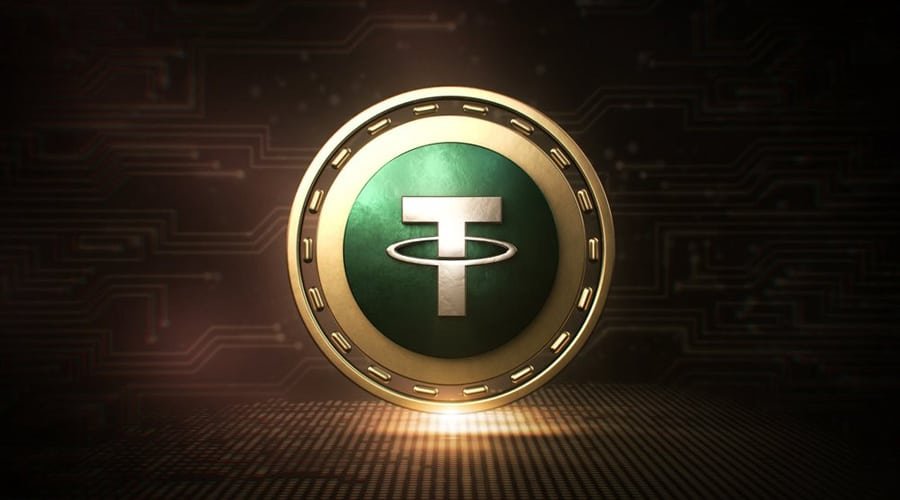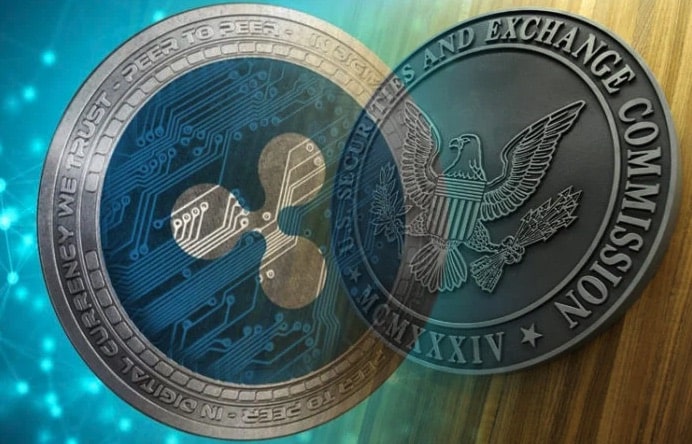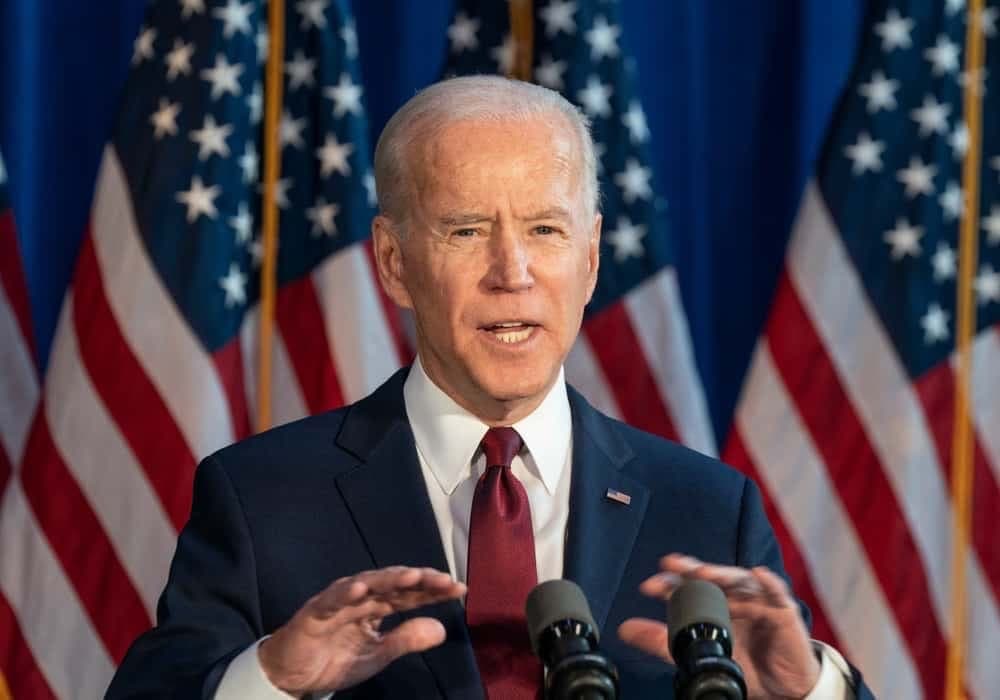GFI, the Goldfinch Protocol token, is now available! This is a significant achievement for the community and gets us one step closer to our goal of extending financial inclusion through a decentralized credit framework.
Despite the flurry of activity in the so-called web3 domain over the last year, the majority of the most generous sums of investor money appear to have gone toward products aimed at people in the United States. However, an increasing number of companies are attempting to capitalize on opportunities in developing countries, where traditional centralized banking systems have struggled to meet their consumers’ expectations.
Goldfinch is a cryptocurrency startup that is developing a decentralized lending protocol that will allow organizations to accept crypto loans without previously possessing large quantities of cryptocurrency. Most lending platforms nowadays rely on an end user’s current crypto collateralization to determine whether they’re a good bet for a loan. Being forced to stake valuable crypto assets that surpass the loan’s value helps for safer lending, but it also alienates a large number of potential loan recipients who do not have significant crypto holdings.
Community Growth

With its protocol, the Bay Area startup hopes to take a more integrated approach to crypto lending, developing capital pools and allowing fintech organizations outside the US to make their case to lenders running on the protocol and gain access to cash while displaying non-coin collateral.
Goldfinch is concentrating on the critical missing ingredient of DeFi: loans without collateral. The vast majority of borrowers worldwide are unable to borrow on DeFi today because to the requirement for crypto over-collateralization. The Goldfinch protocol can open an altogether new level of borrower capability by removing that collateral. This is what will allow crypto to break into global debt markets for the first time.
We’re already seeing the start of this. Active loans on the protocol quadrupled every two months in 2021, increasing 154X from $250K a year ago to $39M now, funding 200K+ borrowers in 18 countries. This capital is being put to use in a variety of productive ways, including motorcycle taxis in Kenya, small companies in Brazil, and eco-friendly cookstoves for low-income homes in India, to mention a few.
All of this expansion is because to the great Goldfinch community. To date, 35K+ people have passed KYC, and 5K+ people are actively engaging in the protocol as Liquidity Providers and Backers. Furthermore, the Goldfinch Discord has quickly expanded to a thriving community of 45K+ people from around the world.
Goldfinch is only getting begun. As we continue to create the protocol together, the capability enabled by GFI will help scale it to a new level.
The GFI Token is being introduced.
The GFI token, as outlined in the whitepaper, is a key component of the protocol that is utilized for a variety of purposes. They are as follows:
Community Governance: GFI holders participate in governance to determine the protocol’s direction. This is now available at www.gov.goldfinch.finance. The Goldfinch Council’s actions will be guided by community votes, as detailed below.
Backer Staking: Backers can stake their GFI tokens on specific Backers to signify consensus in advance when such Backers engage in borrowing pools. This GFI also acts as a safety net for any loan defaults.
Auditor Votes: Borrowers must obtain auditor votes in order to borrow from the protocol. Borrowers use the GFI token to pay for these votes.
Auditor Staking: Auditors stake the GFI token in order to be chosen for Auditor Votes.
Participant Incentives: To encourage engagement, all participants get continuing distributions. This includes Liquidity Providers who provide to the Senior Pool, Backers who supply to Borrower Pools as well as stake on other Backers, Auditors who stake in order to vote, and Borrowers who successfully repay their pools.
Community Rewards: The community may choose to award grants to participants who make significant contributions to the Goldfinch protocol and ecosystem.
Auditors stake the GFI token in order to be chosen for Auditor Votes.
Participant Incentives: To encourage engagement, all participants get continuing distributions. This includes Liquidity Providers who provide to the Senior Pool, Backers who supply to Borrowers Pools and stake on other Backers, Auditors who stake in order to vote, and Borrowers who successfully repay their pools.
Community Rewards: Participants that make major contributions to the Goldfinch protocol and environment may be awarded grants by the community.
Providers of Liquidity (16.2 percent )
4.2 percent — Early Liquidity Provider program: These tokens are assigned to the Early Liquidity Provider program, which incentivized the protocol’s very first members to supply capital. These allocations will be unlocked over the course of six months, beginning today, with a 12-month transfer limitation for US members.
4.0 percent — Retroactive Liquidity Provider distribution: These tokens were distributed to all 5,157 liquidity providers as of a December 14 snapshot, excluding the above-mentioned Early Liquidity Provider program.
These distributions are only available to non-US citizens and are unlocked over a period of 0 to 12 months, depending on the contribution amount and date of donation. This distribution is detailed in further depth further down.
8.0 percent — Senior Pool liquidity mining: These tokens are instantly allocated to continuing liquidity mining. More information on senior Pool liquidity mining may be found further down. Backers (eight percent)
3.0 percent — Flight Academy: These tokens are distributed to the 10,182 non-U.S. Flight Academy participants. 2.85 percent are allocated based on the tiers indicated in this post, with unlock times ranging from 0 to 24 months. The remaining 0.15 percent is set aside for future participation.
Backer Pool Liquidity Mining: These tokens are reserved for Backers who engage in Borrower pools. The Backer Pool liquidity mining system will provide tokens to Backers as interest payments are made into Borrower pools, subject to community approval. In addition, existing Backers who have previously donated to Borrower pools will get retroactive payouts.
3.0% — Backer Staking: These tokens are allocated for Backers who stake GFI on other Backers, as described in the whitepaper. This is not yet live, but we expect the community to introduce and vote on a proposal for this in the coming months.
Auditors (3.0%)
3.0% of tokens are set aside for auditors, for any future auditor system launched by the protocol through decentralized community governance. An auditor system is not yet live, but we expect the community to introduce and vote on a proposal for one in the coming months.
Borrowers (3.0%)
3.0% of tokens are set aside for Borrowers, for when and if the community decides to implement a future distribution system for Borrowers. Participants (0.65 percent )
0.65% is granted to contributors who have already made major contributions to the community and protocol, whether through a management role in the community Discord, amazing art or memes, or contracting arrangements with the Foundation. Contributors who took part in Flight Academy will get Flight Academy prizes in this category. These distributions are normally unlocked in the same order as the Flight Academy distributions.
Treasury of the Community (14.8 percent )
14.8 percent is assigned to the community’s treasury, which the community can choose to utilize for things like grants to developers and contributors, changes to protocol distribution mechanics, and loan default coverage.
Team of the Present and Future (28.4 percent )
The early Goldfinch team of 25+ workers, advisors, and contractors get 28.4 percent. Full-time donors have 4- or 6-year unlock schedules, while part-time contributors have 3-year unlock schedules, with initial 6-month lock-ups and 12-month transfer limitations.
Warbler Laboratories (4.4 percent )
Warbler Labs, as previously announced, has spun off into a distinct entity that, together with the rest of the community and contributors, contributes to the Goldfinch community and the broader DeFi ecosystem. The tokens have a three-year unlock period, with a six-month lock-up period and a 12-month transfer restriction.
Early Adopters (21.6 percent )
A group of more than 60 early backers contributed $37 million to the protocol’s development. These sponsors are all long-term focused, with 3-year unlock schedules, a 6-month lock-up, and a 12-month transfer restriction.
Token Supply in Total
The total number of tokens available at launch is 114,285,715 tokens. The overall liquid supply of these tokens over the next three years is as follows:

There is now no inflation, but we anticipate that it will be desirable for the protocol to include minor inflation after three years to incentivize future active participation. Finally, it will be up to the community to debate and make a decision.
Goldfinch raises 25$M from a 16z to power its DeFI lending protocol for borrowers in developing countries
Despite the flurry of activity in the so-called web3 domain over the last year, the majority of the most generous sums of investor money appear to have gone toward products aimed at people in the United States. However, an increasing number of companies are attempting to capitalize on opportunities in developing countries, where traditional centralized banking systems have struggled to meet their consumers’ expectations.
Goldfinch is a cryptocurrency startup that is developing a decentralized lending protocol that will allow organizations to accept crypto loans without previously possessing large quantities of cryptocurrency. Most lending platforms nowadays rely on an end user’s current crypto collateralization to determine whether they’re a good bet for a loan.
Being forced to stake valuable crypto assets that surpass the loan’s value helps for safer lending, but it also alienates a large number of potential loan recipients who do not have significant crypto holdings.
With its protocol, the Bay Area startup hopes to take a more integrated approach to crypto lending, developing capital pools and allowing fintech organizations outside the US to make their case to lenders running on the protocol and gain access to cash while displaying non-coin collateral.
According to TechCrunch, the business has received $25 million in funding from Andreessen Horowitz’s crypto subsidiary. Coinbase Ventures, SV Angel, Blocktower, Bill Ackman, and Heli-cap are among the other investors. Mike Sall and Blake West, the company’s founders, formerly worked together at Coinbase before launching Goldfinch in July 2020.
Pooled investing like this outside of securities guidelines isn’t permitted in the United States, so Goldfinch is avoiding the market for the time being and relying on networks of investors elsewhere, who are primarily focused on developing nations, where obtaining a loan has historically been difficult. Kenya, Nigeria, Uganda, and the Philippines have received the most loans through the protocol.
Tugende, an East African business that lends motorcycle taxis to borrowers who set up payment plans to buy the bikes over time, is one of the protocol’s backers. Greenway, an India-based organization that makes and loans clean cookstoves to low-income homes, has also received funding from backers.
The team has put a lot of effort into finding the correct incentive mix for its platform, allowing backers to accept varying levels of risk and direct engagement in the platform. Lenders can manage their risk by dividing their overall pool of capital into “junior” and “senior” divisions. While junior investors can make direct bets on which organizations they want to support, the senior pool automatically diversifies across junior pool members’ portfolio holdings. Because they are paid out first, the senior pool is a less active, more safe wager, but lenders in that pool forfeit a large proportion of interest for riskier junior pool backers who incur greater risk with more possible upside.












